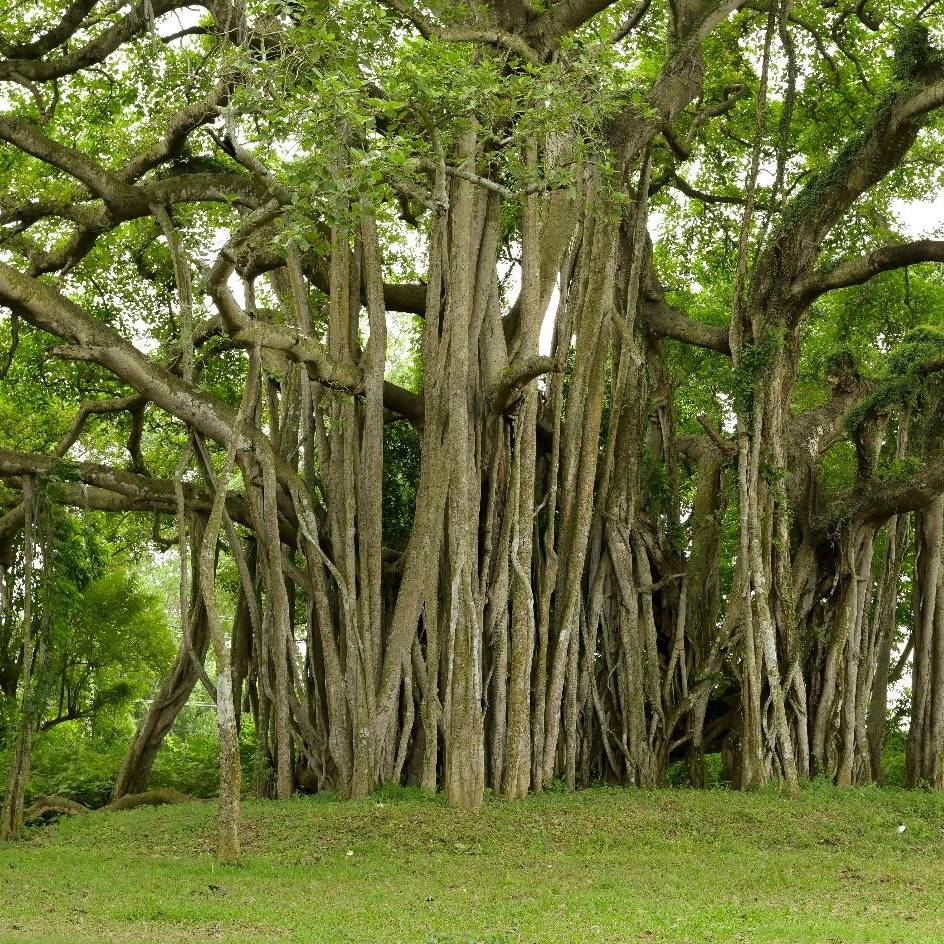
Reference: Genome sequencing and comparative analysis of Ficus benghalensis and Ficus religiosa species reveal evolutionary mechanisms of longevity. Abhisek Chakraborty, Shruti Mahajan, Manohar S. Bisht, and Vineet K. Sharma. iScience. 2022 (doi: https://doi.org/10.1016/j.isci.2022.105100)
Abstract:Ficus benghalensis and Ficus religiosa are large woody trees well known for their long lifespan, ecological and traditional significance, and medicinal properties. To understand the genomic and evolutionary aspects of these characteristics, the whole genomes of these Ficus species were sequenced using 10x Genomics linked reads and Oxford Nanopore long reads. The draft genomes of F. benghalensis and F. religiosa comprised of 392.89 Mbp and 332.97 Mbp, respectively. We established the genome-wide phylogenetic positions of the two Ficus species with respect to 50 other Angiosperm species. Comparative evolutionary analyses with other phylogenetically closer Eudicot species revealed adaptive evolution in genes involved in key cellular mechanisms associated with prolonged survival including phytohormones signaling, senescence, disease resistance, and abiotic stress tolerance, which provide genomic insights into the mechanisms conferring longevity and suggest that longevity is a multifaceted phenomenon. This study also provides clues on the existence of CAM pathway in these Ficus species. .
Data Download: NCBI BioProject accession number PRJNA759132